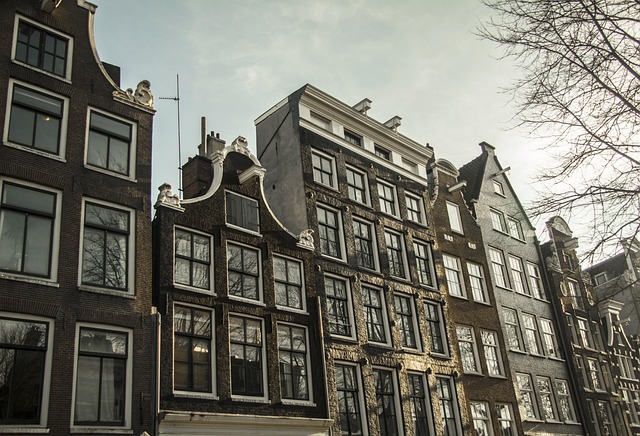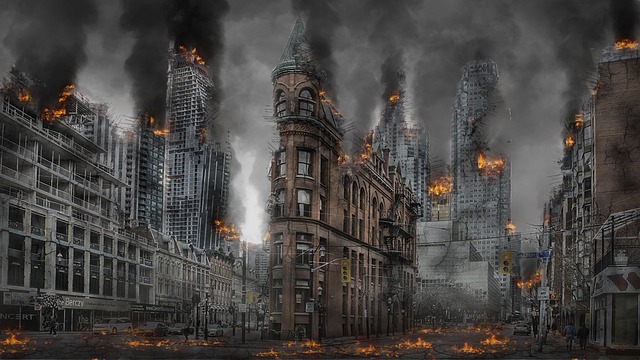Karachi residents rely on the Air Quality Index (AQI) to navigate harmful air pollution levels. With AQI readings often exceeding safe limits, especially during winters and summers, Karachi's air quality is compromised by vehicle emissions, industrial activities, construction dust, and weather conditions. Strategies for improvement include reducing industrial emissions, promoting electric vehicles, and increasing green spaces, requiring collaboration between the city government and citizens to implement stricter pollution control measures and raise awareness, ultimately enhancing air quality and public health in Pakistan's economic hub, Karachi.
“Experience the air you breathe: Unveiling Karachi’s Air Quality Index. This comprehensive guide takes you on a journey through the intricate world of environmental health, focusing on Frere Town, Karachi. We demystify the Air Quality Index (AQI), offering a basic understanding of its measurement and significance. Subsequently, we delve into the current air quality scenario in Karachi, exploring trends and their underlying factors specific to Frere Town. Moreover, discover actionable steps towards enhancing air quality for improved public health.”
- Understanding the Air Quality Index: A Basic Guide
- Karachi's Current Air Quality Levels and Trends
- Factors Affecting Air Quality in Frere Town, Karachi
- Taking Action: Improving Air Quality for Better Health
Understanding the Air Quality Index: A Basic Guide
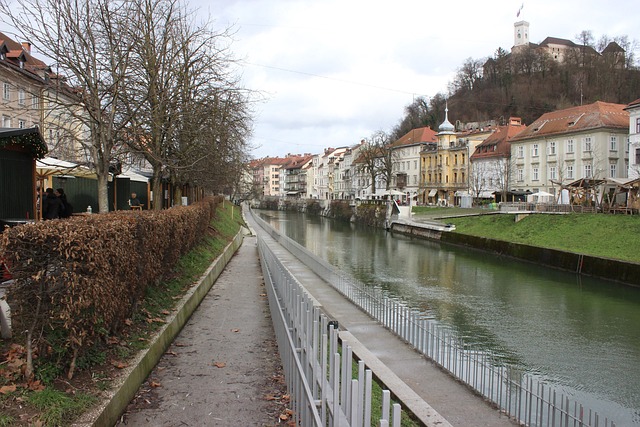
The Air Quality Index (AQI) is a crucial tool for understanding and communicating air pollution levels in cities like Karachi. It provides a standardized measure of air quality, allowing residents to make informed decisions about outdoor activities and their overall health. The AQI ranges from 0 to 500, with lower numbers indicating better air quality.
In Karachi, the index takes into account various pollutants, including particulate matter (PM2.5 and PM10), nitrogen dioxide, sulfur dioxide, and ozone, all of which can impact human health. When the AQI reaches certain thresholds, it triggers alerts, advising people to take precautions. For instance, during high pollution days, residents are encouraged to wear masks, avoid strenuous outdoor activities, and stay indoors to mitigate exposure to harmful pollutants, ensuring a healthier environment for all Karachis.
Karachi's Current Air Quality Levels and Trends
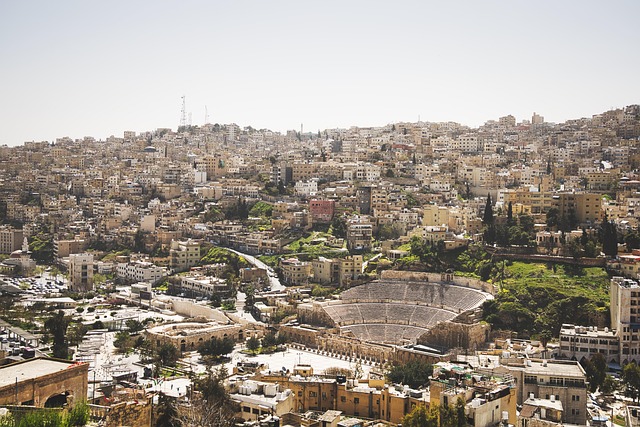
Karachi, Pakistan’s economic hub, has been grappling with air pollution issues for years. The city’s current air quality levels often reflect this challenge, with various factors contributing to poor atmospheric conditions. The Air Quality Index (AQI) in Karachi typically ranges from moderate to highly polluted throughout the year, indicating a consistent need for improvement.
Recent trends show that peak pollution levels occur during the winter months, primarily due to increased industrial activities, vehicle emissions, and household burning of solid fuels for heating. In contrast, the summer season brings its own set of challenges, with high temperatures leading to increased ground-level ozone formation. Efforts to mitigate these issues have been ongoing, but sustainable improvements are necessary to ensure a healthier environment for Karachi’s residents.
Factors Affecting Air Quality in Frere Town, Karachi
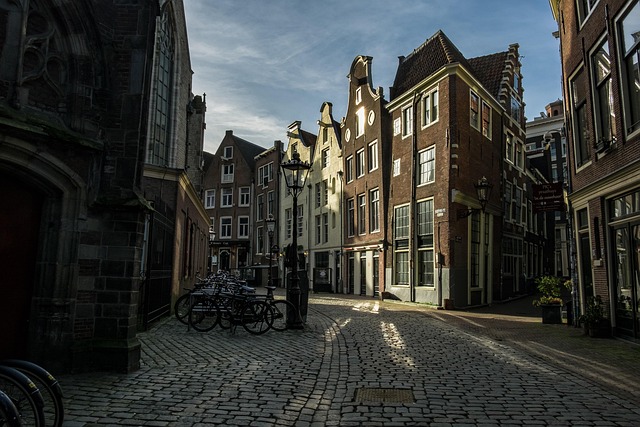
The air quality in Frere Town, Karachi, is influenced by a complex interplay of factors. One significant contributor is vehicle emissions, given the high density of traffic in this urban area. With a large number of vehicles on the road, especially older models lacking modern emission control technologies, the release of pollutants such as nitrogen oxides (NOx), carbon monoxide (CO), and particulate matter (PM2.5) poses a substantial challenge. Additionally, industrial activities within Karachi further deteriorate the air quality. Factories emit various harmful substances, including sulfur dioxide (SO2) and volatile organic compounds (VOCs), which can have adverse effects on public health and contribute to smog during certain seasons.
Another critical aspect is construction activity, particularly in densely populated areas like Frere Town. Dust from construction sites becomes airborne, adding to the existing pollution load. Weather conditions also play a role; during the summer months, hot and dry weather can trap pollutants near the ground, leading to reduced air dispersion and increased levels of PM2.5. In contrast, foggy winters may temporarily improve air quality but can also result in hazardous air quality conditions when combined with emissions from vehicles and industries.
Taking Action: Improving Air Quality for Better Health

In Karachi, taking action to improve air quality is crucial for the health and well-being of its residents. The Air Quality Index (AQI) consistently ranks among the most polluted cities globally, highlighting the urgency for sustainable solutions. Reducing industrial emissions, promoting electric vehicles, and encouraging green spaces are key strategies to combat this issue. The city’s government and citizens alike must collaborate to implement stricter pollution control measures, ensuring a healthier future.
Implementing these changes requires a collective effort from all sectors. By adopting cleaner technologies, advocating for sustainable practices, and raising awareness about air pollution, Karachi can move towards improving its AQI. These proactive steps will not only enhance the quality of life but also mitigate various health risks associated with poor air quality, making Karachi a safer and more vibrant city for its inhabitants.
The air quality index (AQI) is a crucial tool for understanding and mitigating air pollution levels in Karachi. By examining the current air quality trends, identifying key factors impacting Frere Town’s atmosphere, and taking proactive measures, we can significantly enhance the health and well-being of its residents. Implementing sustainable practices and raising awareness are essential steps towards improving Karachi’s air quality, ensuring a cleaner and healthier future for all.

